Frameworks templates to help students master your content


Acronyms
- S.M.A.R.T: Specific, measurable, achievable, relevant and time bound: 5 traits of a well-designed goal
- S.U.C.C.E.S: Simple, Unexpected, Concrete, Credible Emotional, Stories: from Made to Stick, to remember traits of good storytelling
- B.E.D.M.A.S: Best Alternative To a Negotiated Agreement: a negotiator’s position if they reach impasse
- P.E.M.D.A.S: Parentheses, Exponents, Multiply, Divide, Add, Subtract: order of operations in mathematics
Graphs
- Distribution curve: Outlines the expected distribution of statistics.

- J-Curve: Demonstrates a loss in value in the short-term and growth in the long term.
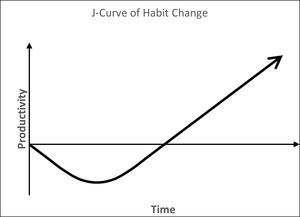
- Hockey stick: Often used to show exponential growth after a long period of slow/no growth.
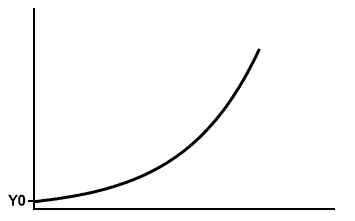
Shapes
- Concentric circles: A core idea or focus, within a greater context. Example: Concentric Circles of Customers (Wes Kao)

- Hub and Spoke: When a central idea has contributing ideas or factors that aren’t dependent on one another. Example: Hub and spoke distribution paradigm

- Pyramid: Knowledge or ability that can be built upon. Examples: Content Hierarchy of BS (Wes Kao), Maslow’s Hierarchy of Needs, and Content Triangle (David Perell)

- Venn diagram: Demonstrates how different concepts are similar and dissimilar. Example: Ikigai

- Hierarchy: Demonstrates structure and dependency between factors. Example: Minto Pyramid Principle

- Steps: Shows a linear sequence. Examples: Sales funnel, Jake Knapp's Design Sprint

- Flywheel: Shows how actions/outcomes fuel further action. Examples: Marketing flywheel, Nir Eyal's Hooked Model, and Charles Duhigg's Habit Loop

- Canvas: Visualizes complexity in a concise, single view. Example: Course Mechanics Canvas (Wes Kao)
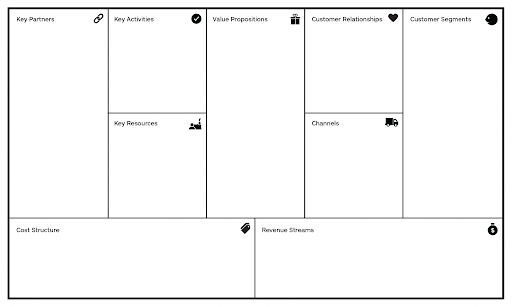
- Matrix: A grid that demonstrates 2 intersecting spectrums, usually a 2x2 or 3x3. Example: Eisenhower Matrix, Growth-Share Matrix, and SWOT

- Triangle: Demonstrates the relationship between 3 traits. Example: Lean Startup Engines of Growth and Project Management Triangle
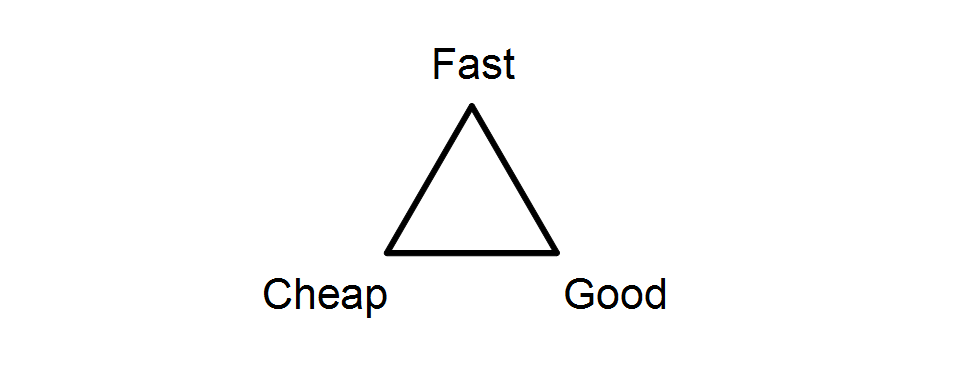
Additional resources
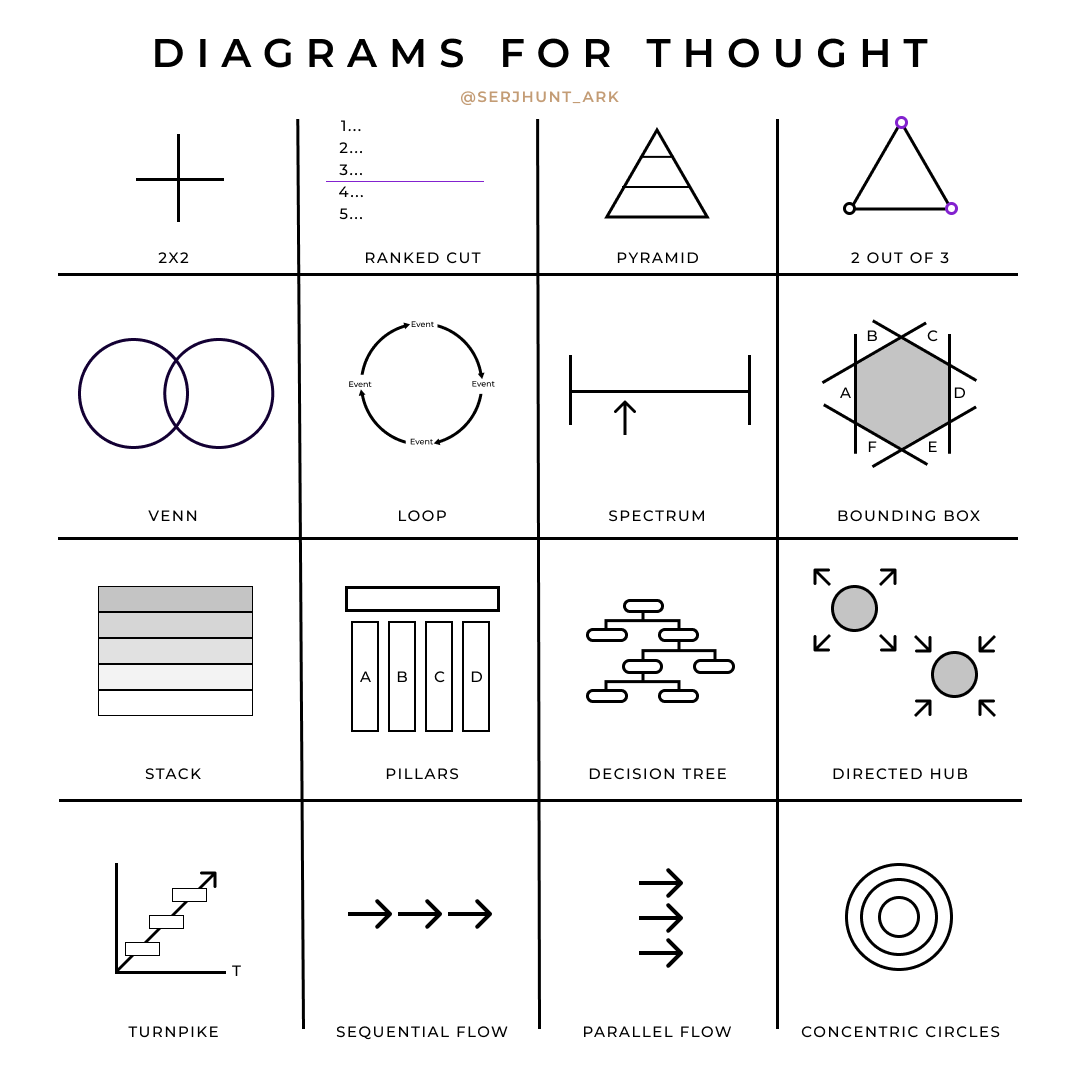
Related Courses
Uplevel Your Product Thinking
Frameworks to evaluate markets & come up with compelling solutions. Applied to 12 product themes! 🔥 430 students 🔥
Leading Through Adaptive Challenges
Disruptions are inevitable. Acquire a Framework that connects aspirations and intentions to capabilities needed to realize the future state.
Narrative Change
Few people know how to convey complex change on a single slide. Be one of them.
Courageous Feedback
Leaders learn how to give and receive feedback that produces results and helps your people grow. Get the framework, tools, and templates.
Content Theory
The Science, Philosophy, and Strategy Behind Billion Dollar Content Programs
The Writing Flywheel - For Software Engineering & Product Leaders
Learn actionable methods to get better at writing. Learn how to clarify your own thinking and how to simplify it for others to take action.